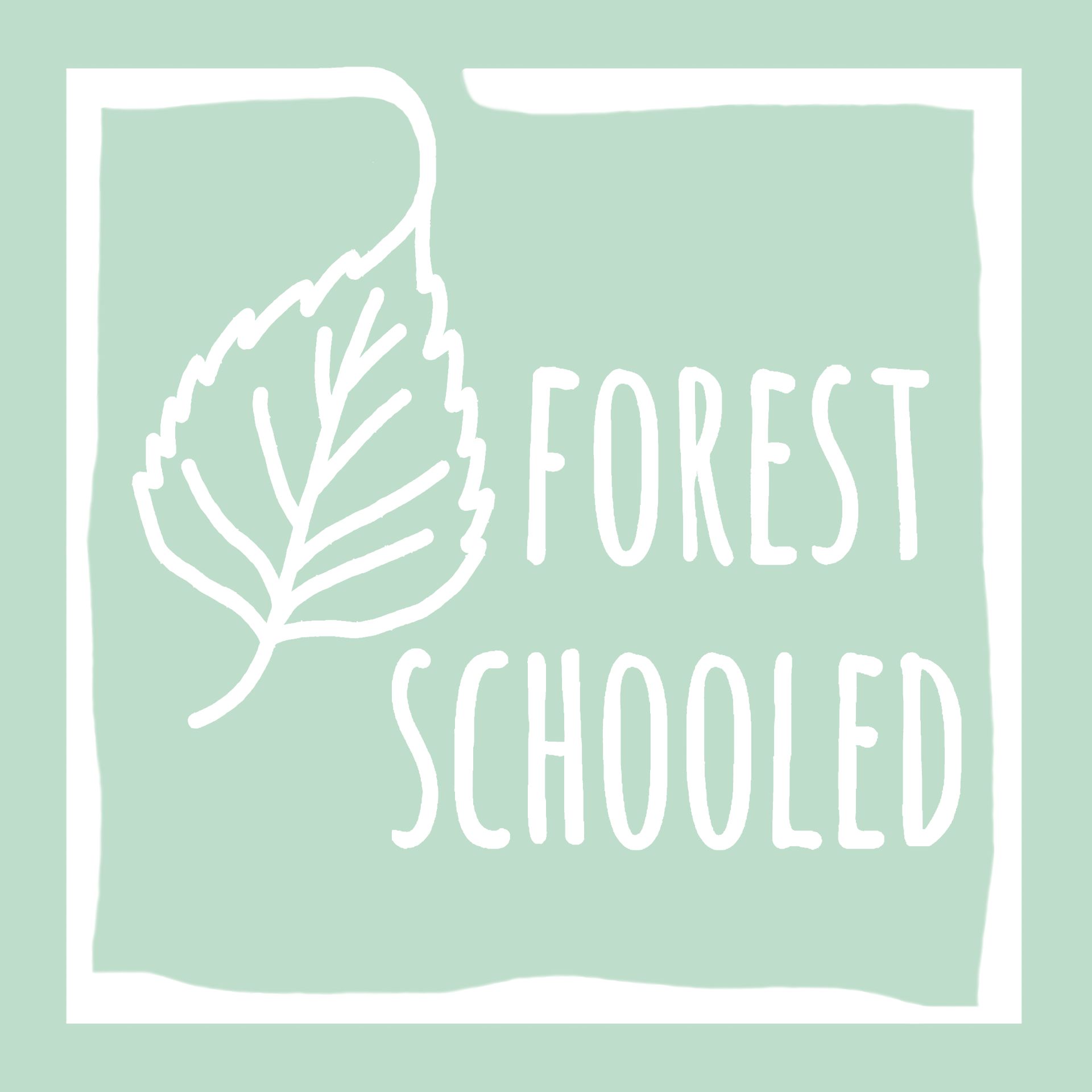
Blog
Stories from my personal journey learning about and delivering Nature-rooted programs across three different countries
Guest Blog: Early Childhood Ways of Knowing, How Kindergarteners Teach Me About Nature Connection and How to Live in Healthy Relationship with the Earth
Landere Naisbitt
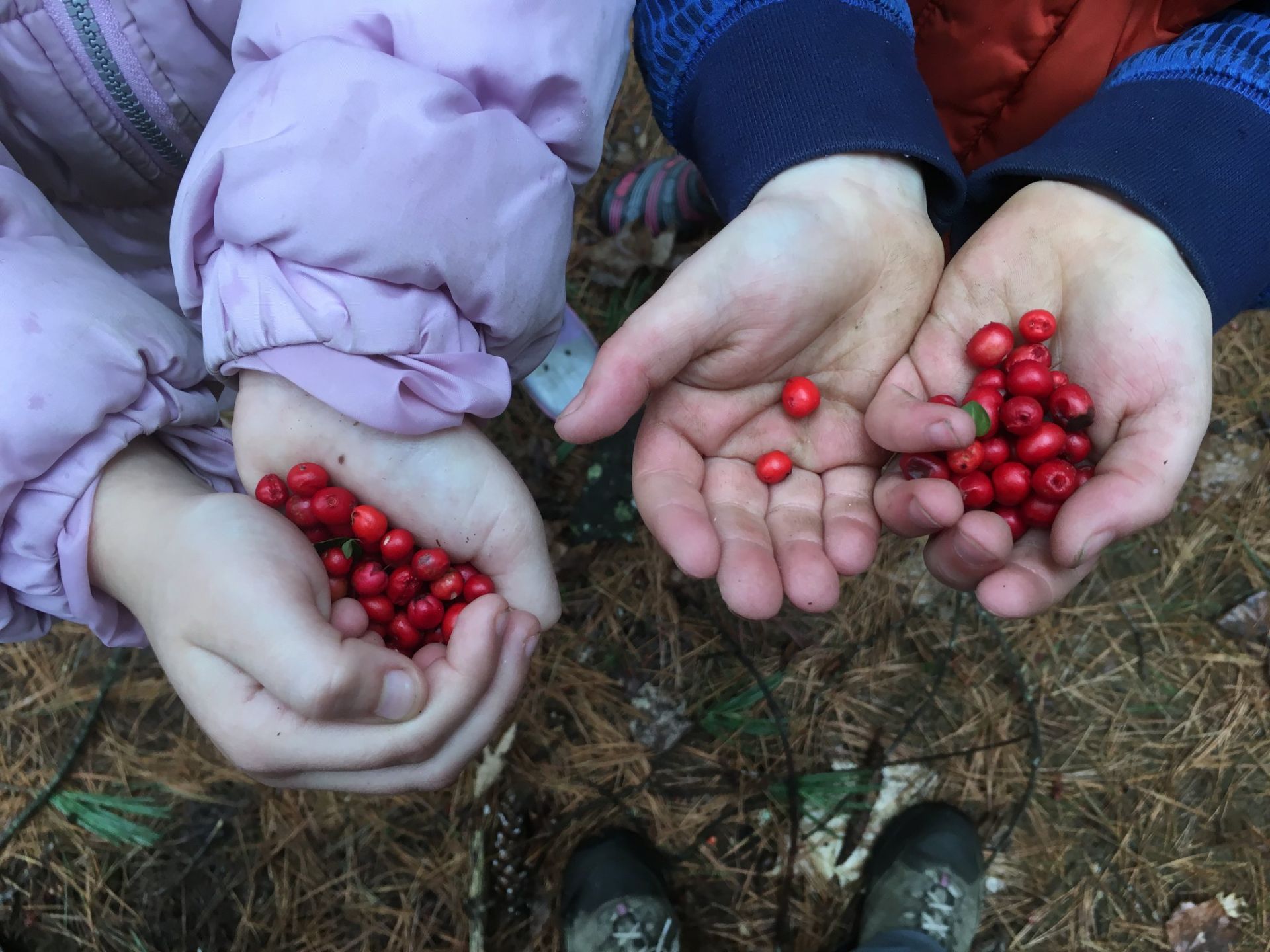
Empty space, drag to resize
This is special. This incredible guest blog was written by Landere Naisbitt who I've have had the honour of working closely with over the past few years. She is an amazing Forest School practitioner, an incredible writer, and all around inspiring human being. This piece truly touched my heart and I personally asked if I could share it here on Forest Schooled. I hope you love it as much as I do! ❤️
Empty space, drag to resize
Reflections
What is the first thing you think when you hear “early childhood education”? If you are like most people in the western world it is probably a mix of crayola crayons, primary colored tiny furniture, potty training, wiggly capital letters, sticky fingers, goldfish, and a hunger for playtime. There are other things we may not think about (or question) because they are so ingrained in our society as the norm.
For example, if you pause and observe how we interact with young children, especially in institutional settings, it is often with the idea that children’s learning needs to be micromanaged and molded, and their behavior controlled by a system of rewards and punishments. Generally this top down approach is accepted and expected and in no way challenged or regarded as only one of many ways to engage with children.
Even our language, “raising children,” suggests children are passive beings under the constant and necessary influence of all-knowing adults. It originates with language used in the domestication of farm animals. We raise sheep, and we raise children. Both, a delicate balance between enabling and nurturing life, and controlling life.
It is interesting to think about how it might be if children were, in part, expected to raise themselves or, going even further out on a limb, if children were regarded as having innate knowledge that offers valuable wisdom and contributions to society to help balance our adult perspectives, and maybe even be the voice and the heart that we are looking for to help heal the earth.
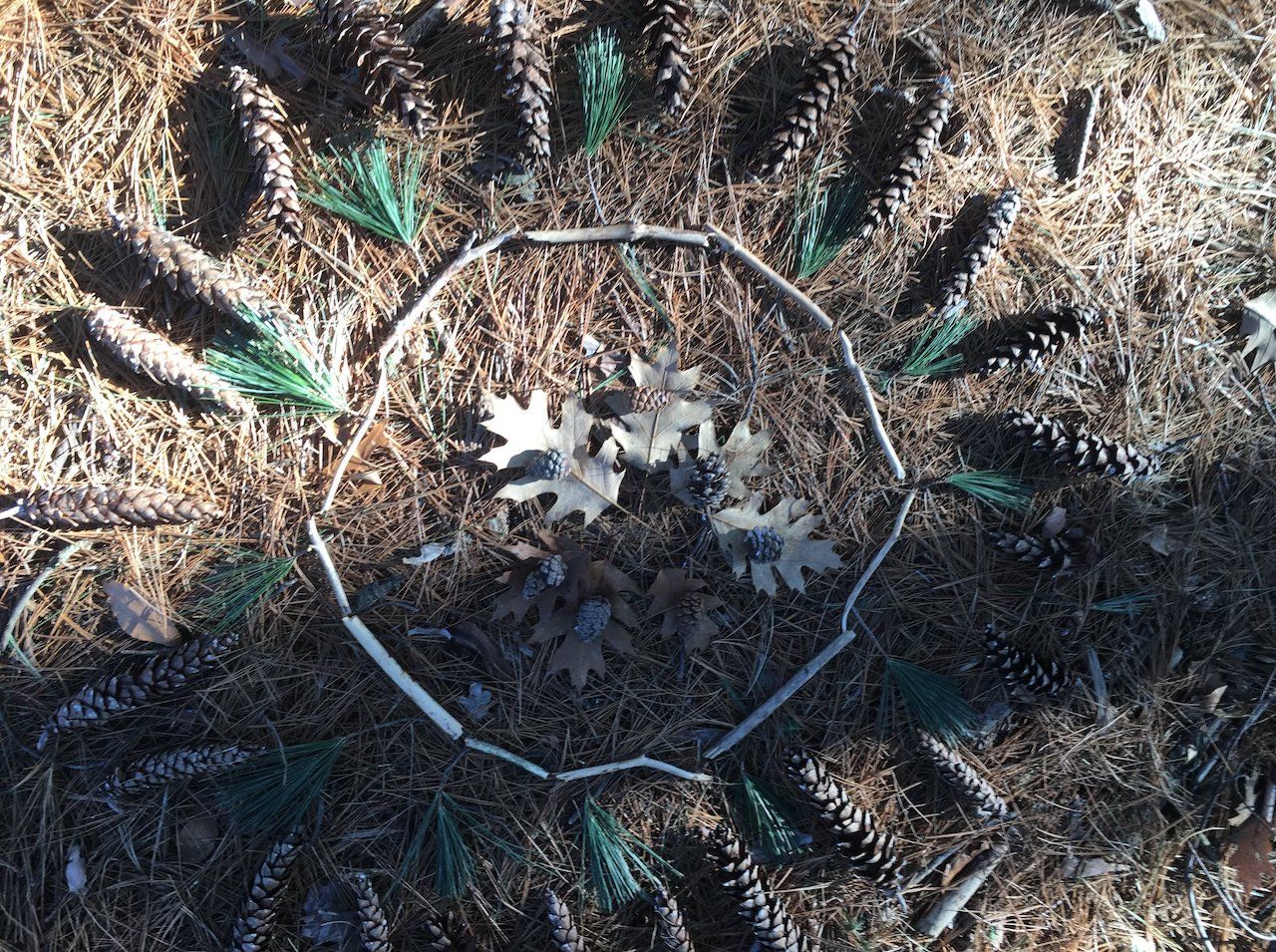
Some individuals may be weirded out by this idea and relegate it to the hippie category, depending on their mentality. Others may notice a potential connection between early childhood ways of knowing and Indigenous Ways of Knowing (acknowledging that across time and space Indigenous Knowledge Systems vary and should not be generalized). For example, most young children don’t have the western world binary concept of living and nonliving ingrained in them yet. The binary of living and nonliving things is considered hard fact in any western classroom but is not always the intuition that children come into life embracing. They might talk to a rock as if it could hear or as if it had a spirit of some sort.
Most Indigenous people don’t make the distinction between living and nonliving either in the way that modern science does (Kimmerer, 2016). There seems to be a similarity between early childhood ways of knowing and indigenous ways of knowing the world through intuition/spirit based knowledge creation.
Most Indigenous people don’t make the distinction between living and nonliving either in the way that modern science does (Kimmerer, 2016). There seems to be a similarity between early childhood ways of knowing and indigenous ways of knowing the world through intuition/spirit based knowledge creation.
In our western world context equating Indigenous knowledge systems with early childhood may seem disrespectful but if you respect and honor both entities as vibrant, brilliant, and absolutely essential worldviews and perspectives then the idea of superior/inferior ways of knowing, absolves. Ways of knowing and learning associated with early childhood are often considered juvenile, and if these ways of knowing show up in some form in other cultures, beyond the data-driven western society, then they are put in the same category, that is inferior or undeveloped and in need of teaching, coaching, and “civilizing” as we have seen en mass in North America and other parts of the world with a colonial history and presence (Ortiz, 2014). Ester Anne from the documentary Dawnland says that the boarding schools of the US and the residential schools of Canada wanted to “bring them (Indigenous people) in, clean them up, and start them on their way to civilization” and away from savagery (Dawnland Film, 2018).
Some people even in the 21st century think of young children as needing to be civilized as well. In 2017, The Trumpet, a Christian news site, writes, “Twenty years is all we have to accomplish the task of civilizing the infants who are born into our midst each year. These savages know nothing ... The barbarian must be tamed if civilization is to survive.” This is extreme but I have also heard many good intentioned parents calling their children uncivilized. We hear the words ''savage” and ''civilized” used against native peoples and used against children as well.
What messages are we putting out into the world and how are we shaping our worldview when we spin the narrative in this fashion whether it be in all seriousness or in jest?
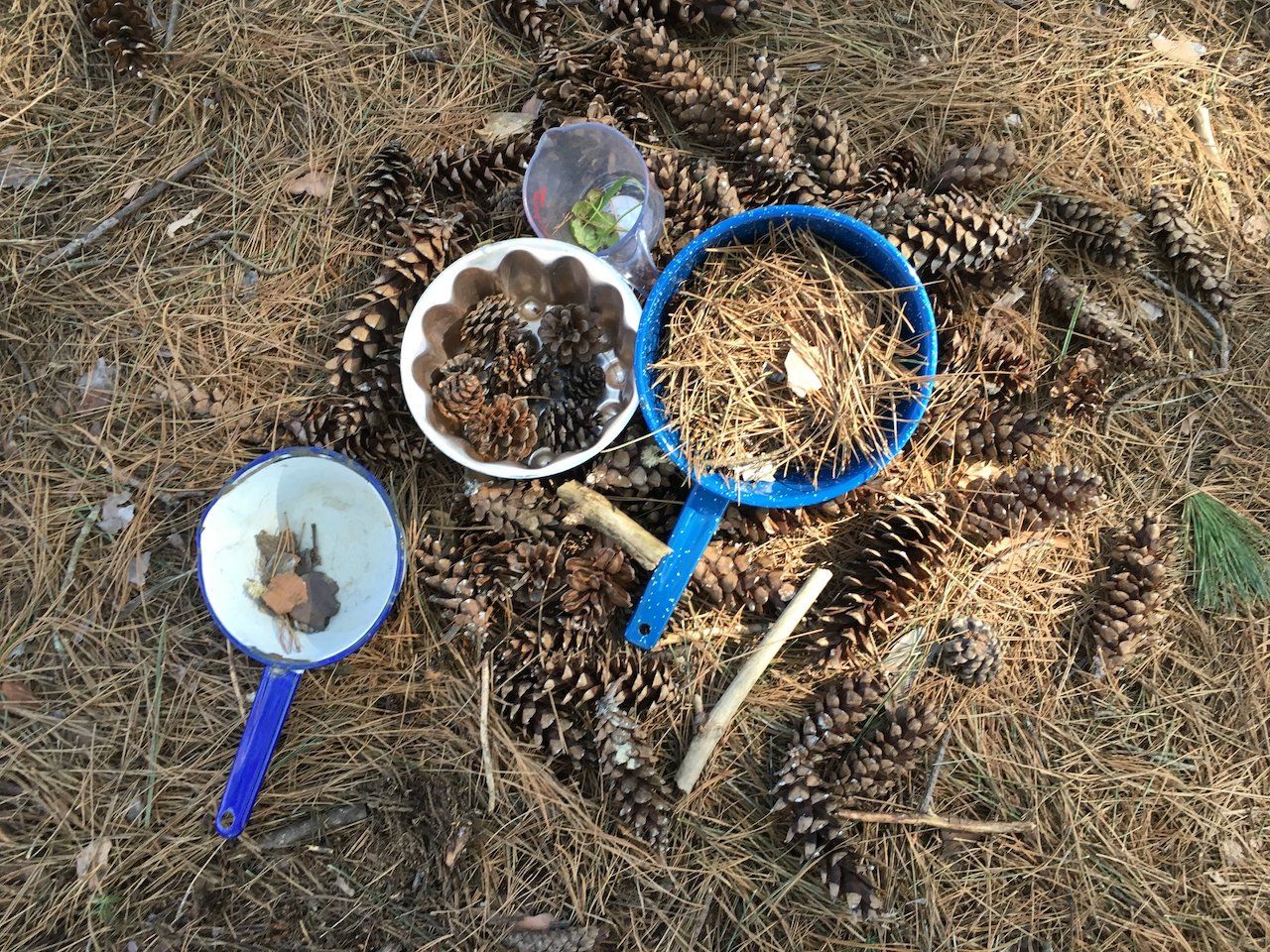
Back to Practice
I have been working with kindergarteners this past year for the first time and was initially wondering if I would find them less capable, more in need of constant help and guidance, and not quite ready to delve into deep ecological and nature connection concepts. They weren’t going to be able to have really robust conversations, or be able to articulate relationships and understanding and empathy as well as older individuals - or so I thought. The idea of “still developing” had, in my mind, a deficit attached to it that is a common misunderstanding and an implicit bias in our society. Deficit-based thinking and language is, unfortunately, at the heart of education with pathologists, disorders, behaviors, etc. permeating the experience of daily life in modern US schools.
As children become more adult-like in their abilities to remember facts, present information, excel on tests, and succeed in their preparations for higher learning opportunities, they are praised and conditioned to believe that this way of knowing, exonerated and taught in standard public schools, is the one and only way to a successful life. Notice that even our language describing college, “higher,” is imbued with hierarchy and connotations of superiority/inferiority.
What I learned is that early childhood is a rich time that we don’t give enough credit to. We don't give enough credit to early childhood teachers or to the children themselves for being whole and wise with so much to teach us if we would only listen. The following stories illustrate some of what I have learned from the children this year.
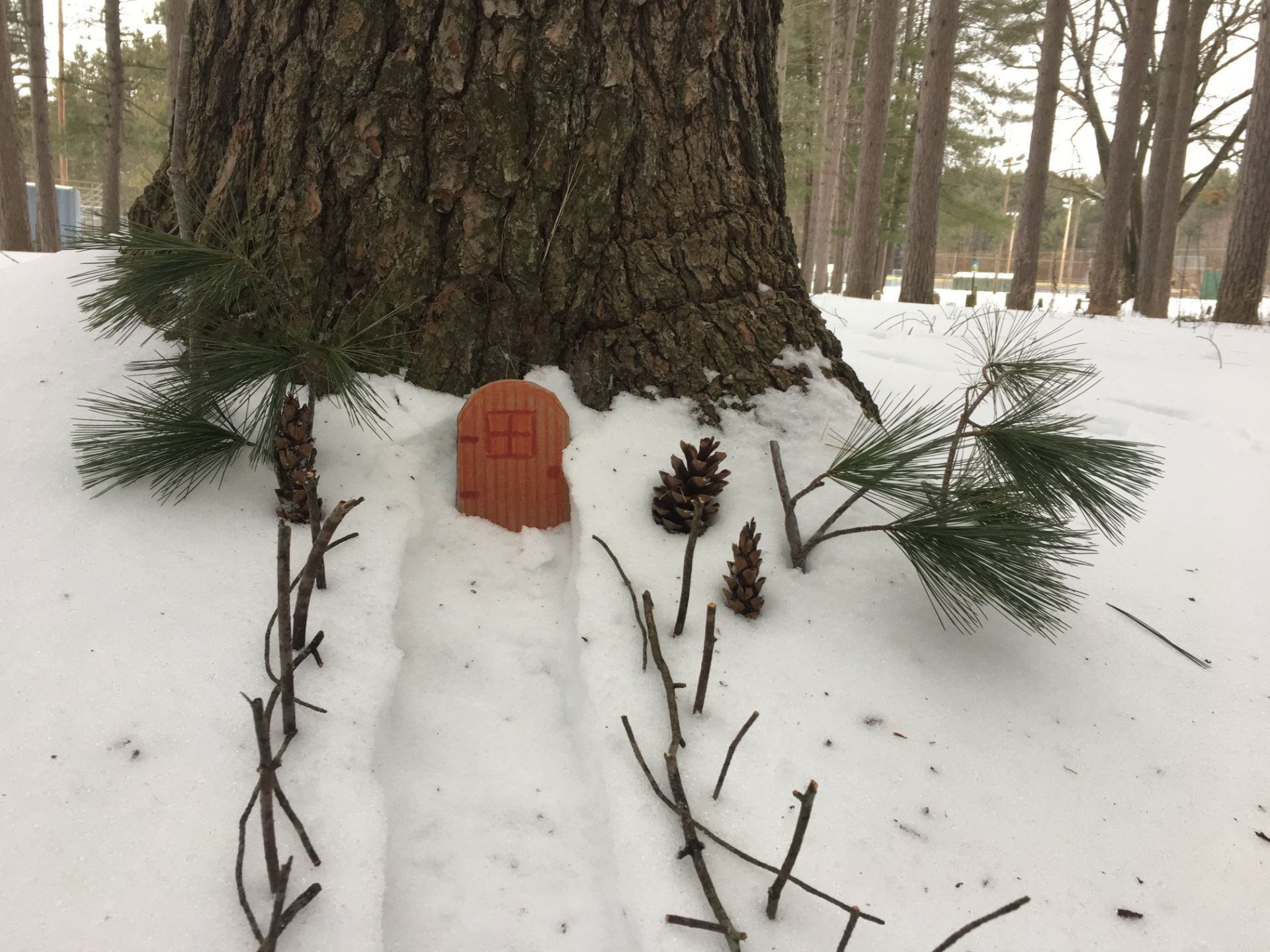
Stories
Kindergarteners are practicing acts of kindness and how to say please and thank you at school and at home. When we go outside together to play and learn in the forest it’s not a stretch to extend social-emotional learning beyond their peers, teachers, and parents to trees and rocks and ravens and other things in the natural world. What I found is that for many 5 and 6 year olds it’s perfectly reasonable to ask a tree permission to pick its pine needles and to listen for its answer and then to say thank you (if they feel the tree has said yes. And sometimes they don’t!) They understand you may not hear the tree if you are listening for human words but seem to get that if you listen with your heart, there is another way of knowing tree language that is more through feeling it.
Robin Wall Kimmerer shares about the Honorable Harvest in her book Braiding Sweetgrass: Indigenous Wisdom, Scientific Knowledge, and the Teachings of Plants:
Robin Wall Kimmerer shares about the Honorable Harvest in her book Braiding Sweetgrass: Indigenous Wisdom, Scientific Knowledge, and the Teachings of Plants:
“Introduce yourself. Be accountable as the one who comes asking for life. Ask permission before taking. Abide by the answer. Never take the first. Never take the last. Take only what you need. Take only that which is given” (2013, p. 183).
Children still seem to be in the realm of being more innately connected to the earth and in having a kinship with living things (however you choose to define living) that hasn’t been socialized out of them yet. Whereas, if you are working with older children, say 5th graders they are often more skeptical of these kinds of interactions with a tree and have doubts about it, or feel embarrassed or feel like it is immature, if you go up and talk to a tree.
There is going to be more discomfort because it hasn’t been the norm in their lives so far. Younger children, as my mom always said, are closer to the spirit world and may still have unconscious memories of something else, some other way of being and existing. And so they will stand in a group completely silently listening for the answer that the tree is going to give them, and that they believe that they are going to hear. It’s really quite something.
Several times during our sessions in the forest the children reacted to something, unprompted by an adult, that showed a kinship with the earth that is not often present in the experience or conscience of adults.
One time, a child was digging in the snow and came upon a patch of partridgeberry with its red berries and evergreen leaves, and he called out without any hesitation to other students in the class, “look we have some new friends here!” If this mentality was recognized as valuable and cultivated throughout childhood what would this mean for kindness between species, conservation, and wellbeing of planet earth?

Another time I was starting a fire and was in the process of shredding birch bark. A small boy watching me, gasped involuntarily, as I put it in the fire. He was startled that I was going to burn it and had a visceral reaction to it. Did he feel that I was being disrespectful to the tree? Did he feel some sort of empathy for the beautiful white bark? His classroom teacher noticed it too, and we exchanged looks. I quickly changed the course of our fire lighting routine and ended up holding a brief thank you ceremony to the trees for providing us with fuel. He seemed mollified after that. It was interesting for me to reflect on my own perception of the activity and how it was more about getting the fire lit than thanking the tree. In this moment I learned so much.
I was stopped in my tracks and forced to consider the activity from a different perspective, a different way of knowing. This one six year old taught me so much about designing lesson plans, priorities, nature connection and deep ecological relationships. How to be in a healthy relationship with nature is a big learning curve and kindergarteners have so much to teach us! Definitely more than I could have bargained for when I first entered the classroom.
I was stopped in my tracks and forced to consider the activity from a different perspective, a different way of knowing. This one six year old taught me so much about designing lesson plans, priorities, nature connection and deep ecological relationships. How to be in a healthy relationship with nature is a big learning curve and kindergarteners have so much to teach us! Definitely more than I could have bargained for when I first entered the classroom.
Forts are a huge part of life in the forest for the children I work with. One boy was particularly dedicated to working on a lean-to style fort up against the sturdy branch of an old white pine tree. He had found sticks on the ground, and was filling the cracks with dried grass and fallen pine needles. It took him several weeks of hard work to get it to the stage where he could take a break and sit inside looking quite contented.
One day I went over and asked him how it was going. He was standing next to the tree with a hand on the branch supporting the fort and looked at me quite deep in thought and said slowly, “I’m so glad for this tree; so lucky for this tree,” and after a moment more of standing in quiet gratitude and thankfulness, went back to work.
This is a magical moment for any child, but with this particular youth it was nothing short of stunning. He generally had all sorts of emotional ups and downs, was called a bullie, would often try and break live saplings, and didn’t always seem to care if he hurt others. Something happened in the forest with him that day, some connection was made, some knowing awakened that didn’t need facilitation of teacher or parent, just a relationship between him and the tree. In some Native languages the term for plants translates to “those who take care of us” (Kimmerer, 2013 p. 150). He taught me that nature is not the third teacher, but the first and that adults, as good intentioned as we are, should step aside sometimes and trust this to be true.
There is both a feeling of joy and responsibility in making connections with the earth, even if it is just an introduction to a place. I was walking with two children in the woods the other day. One of them was a young girl from Chicago. She didn’t talk much and was absorbed instead with looking at the flowers growing on the edge of the path and in investigating a beaver dam.
When one of the moms approached the flower patch, the girl quickly warned her, “don’t step on the flowers!” and when it was time to go, she called out, “good-bye beaver pond!” These may seem like trivial moments but I think they are more than that. If she lives in the city and can make a connection that quickly with rural nature, what do children have wired in them that we might not be aware of?
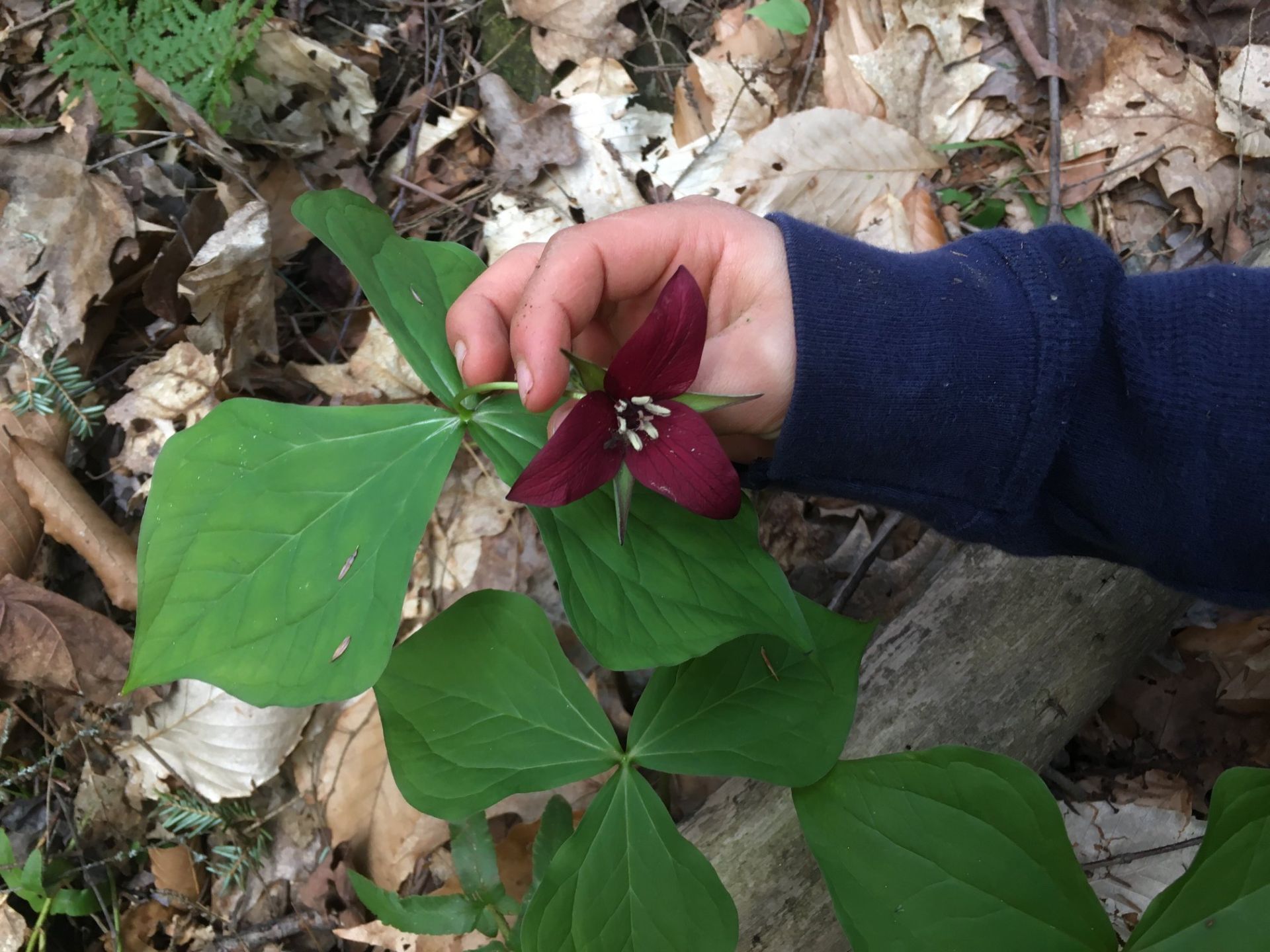
It would do us all well to pay attention and listen to and watch children more closely - even start by wondering where did they get this sense and this way of knowing and who are we to tell them they are wrong if they think a rock is alive? What if we are wrong? We may think we know because we have gone through school and are certified teachers but where do the young children get their knowledge and who are we to say that our western scientific rules of thumb are more valid? What beautiful fragile crucial knowledge are we potentially squashing in children if we project our own adult agendas onto them rather then letting them share their ways of knowing with us? Perhaps it isn't the scientists and engineers and politicians or even the grassroots organizations that are going to save the earth, perhaps it is the children. If we let them.
I am fascinated with what the kindergarteners have taught me and helped me pay attention to and bring more thought to in our environmental education programs. It really started with the one little boy saying “look we have some new friends here!” to the partridgeberry under the snow. The realization that this is where they are at and that it is valuable to society started me down the road of considering all of this. So often we brush aside children's voices as uninformed, when in fact they hold treasures that the western world has forgotten, that were once a part of our ancestors’ daily life, and that are more important now than ever before.
Now the first thing I think of when I hear “early childhood” is wisdom and empathy and light. What gems are the children holding in the cores of their vibrant beings, and what can we do to encourage them to shine?
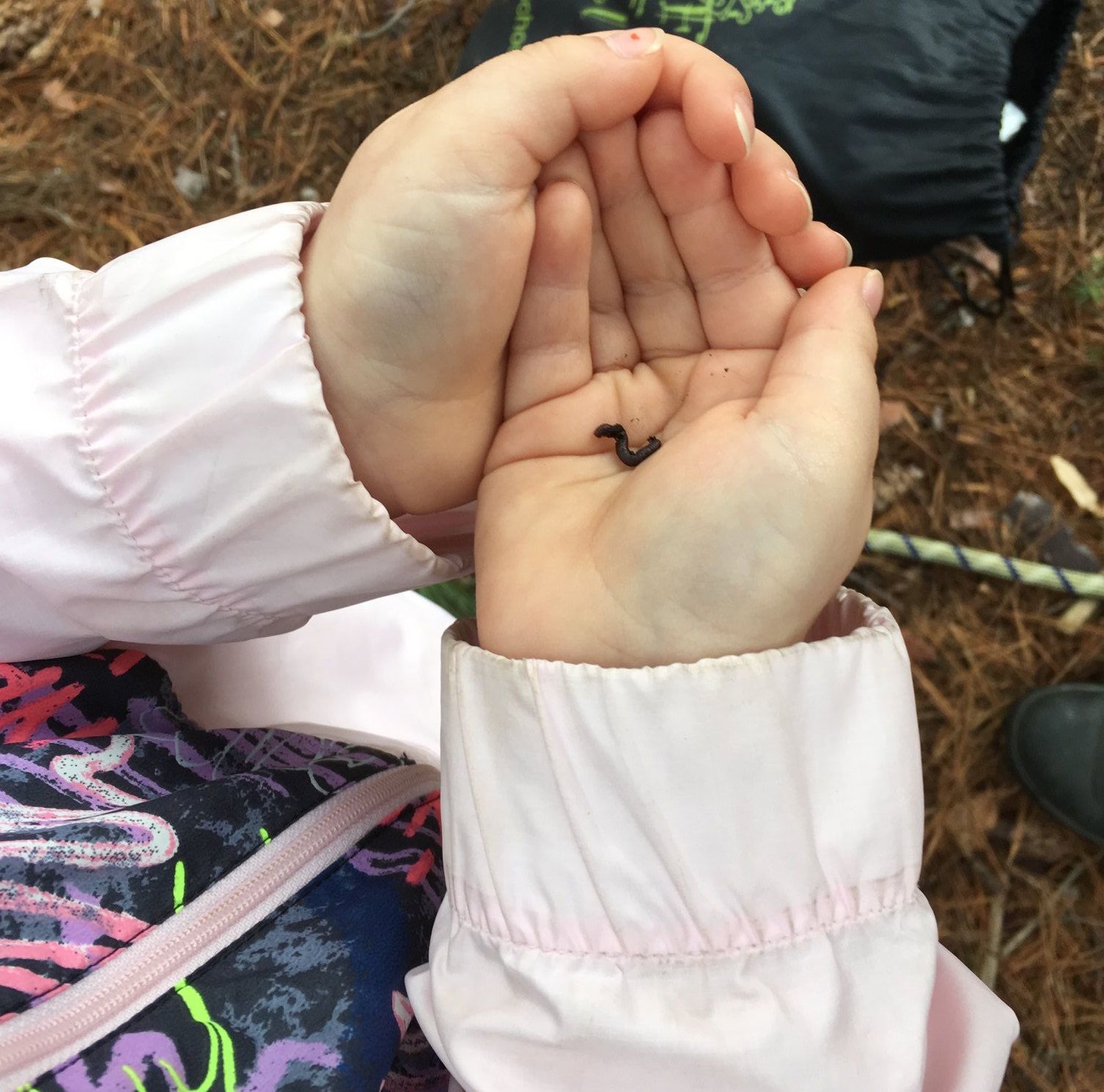
References
Kimmerer, R. W. (2013). Braiding sweetgrass: Indigenous wisdom, scientific knowledge and the teachings of plants. Minneapolis: Milkweed Editions.
Robin Wall Kimmerer - The Intelligence in All Kinds of Life. (Air date: 2016.). Retrieved from https://onbeing.org/programs/robin-wall-kimmerer-the-intelligence-in-all-kinds-of-life-jul2018/
Dawnland Documentary Film by the Upstander Project and Wabanaki Communities, 2018
Dunbar-Ortiz, R. (2014). An indigenous peoples history of the United States. Boston: Beacon Press.
Empty space, drag to resize
Empty space, drag to resize
You can discover more of Landere's work and writing by checking out this blog post on the Blue Hill Heritage Trust website!
More Posts
WANT TO GET FOREST SCHOOLED TOO?
Subscribe to my email letters, something special from me to you so we can learn together. Each one is filled with heart-felt stories from the forest, resources you may find useful, and things that hopefully bring a smile too.
Thank you!
© by FOREST SCHOOLED
